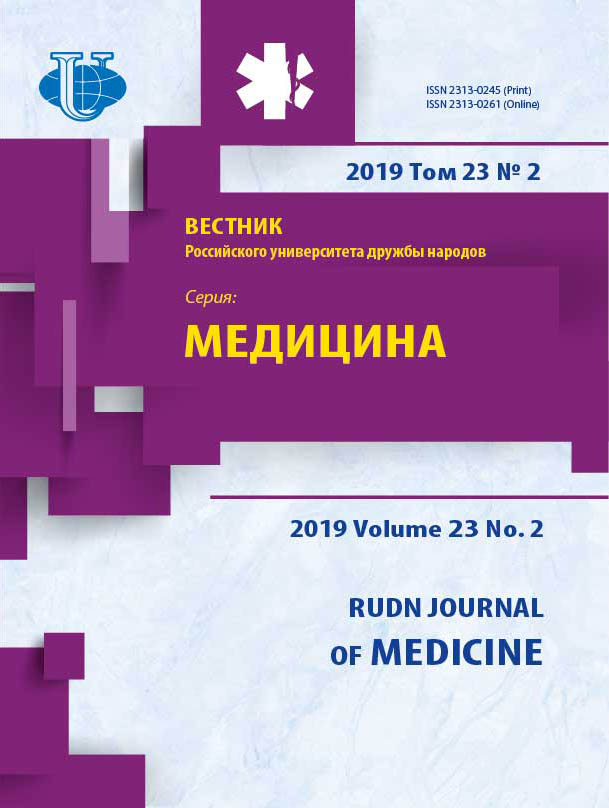Abstract
The effectiveness of complex drug “Bifidum BAG” for status correction of large intestine microbiocenosis and antioxidant properties of colonocytes in experimental dysbiosis has been studied. Acomplex drug was administered to experimental animals, which includes Bifidobacterium and Dihydroquercetin. Quantitative and qualitative study of large intestine was done in mices by bacteriological method. The state of lipid peroxidation system was evaluatedaccoding to the content of acylhydroperoxide and malonic dialdehyde. The state of antioxidant protective system was reached by means of catalase and superoxide dismutase activity. Experimental dysbiosis was shown as significant changes in mucosal microflora, changes colonocytes antioxidant properties. The use of the complex preparation “Bifidum BAG”, led to the normalization of the colon microbiota (11 of 16 microorganisms were recovered). After correction gentamicin-associated dysbiosis with a complex probiotic, a positive effect of the drug on the colonocytes antioxidant defense was noted. So the activity of catalase increased 1.1 times, compared with the determined index in the group “dysbiosis”. The activity of superoxide dismutase increased 2 times in comparison with the group “dysbiosis”, exceeding the value of the control group. The concentration of LPO products in colonocytes of experimental animals decreased significantly. The content of malonicdialdehyde and acylhydroperoxide decreased 1.6 times and 5.6 times in comparison with the determined index of the group “dysbiosis”, respectively.















